
In this lesson plan, students will be able to build a simple electric motor and study how simple changes affect the motor's rotation. They will learn how energy comes in many forms, and how electric
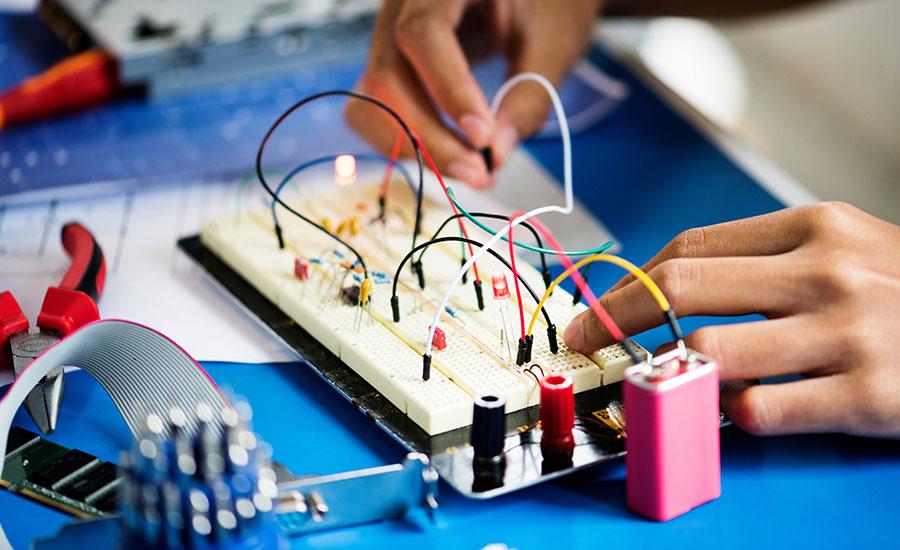
In this lesson plan, students will be able to investigate battery cells as they construct their own simple batteries: They will know that batteries are a common store of energy for many devices that

Including themes of natural resources, art, and geography; this engineering lesson introduces students to the idea of mass conservation. While using the phenomena of the water crisis in Arizona,
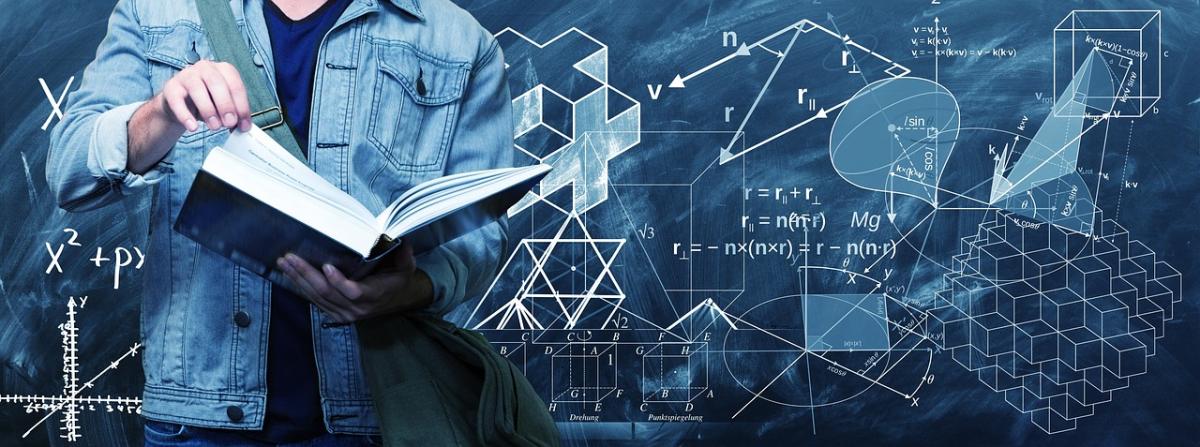
In this lesson, students will learn about Wilson Bentley, the "farmer scientist" who pioneered photomicrography to photograph snowflakes and share them with the world. Students will then design and

Students in 4th grade learned about natural disasters through this interactive STEM lesson focused on the creation on a 'tsunami-proof' home. Students used the Engineering Design Process to create a

In this lesson plan, students will make use of their knowledge about gravitational force and factors affecting it to design a stuffed mini parachute that will land the slowest from a given height
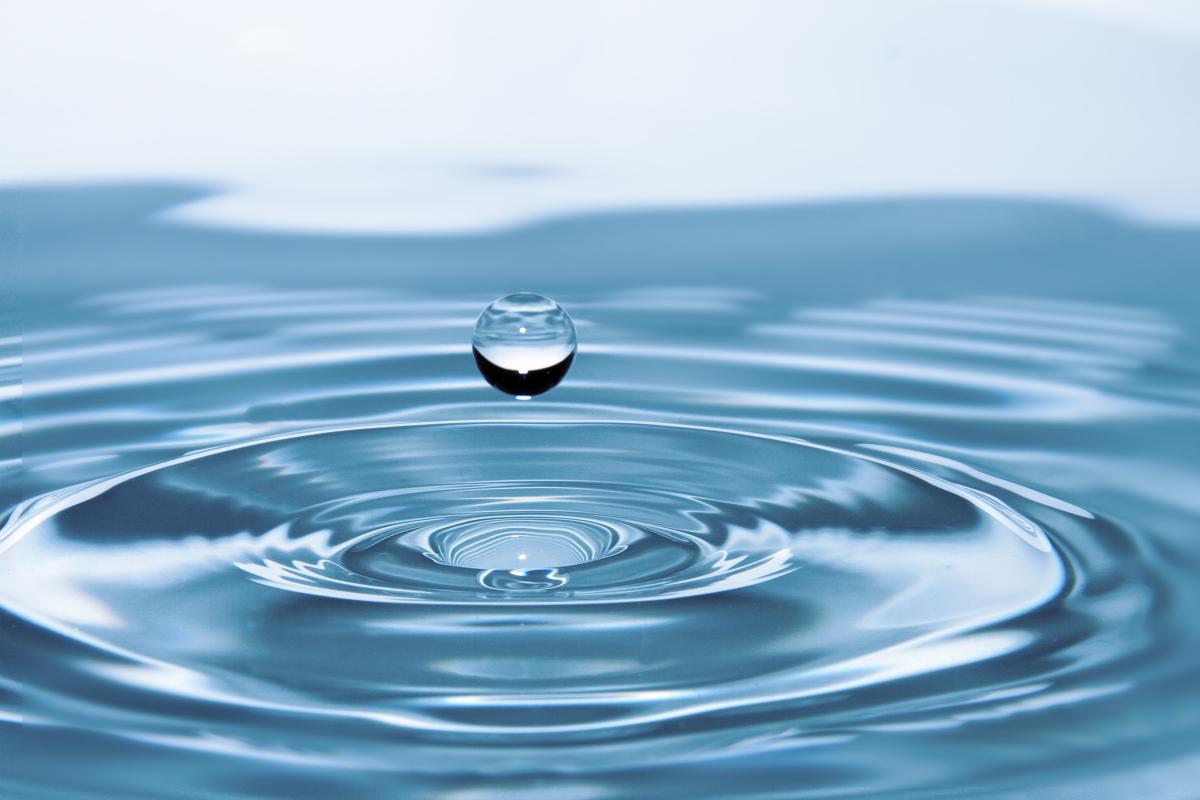
Students will learn about water availability in Arizona and design and build a prototype/model of a rain-catchment/recycling system to provide water for a school garden.
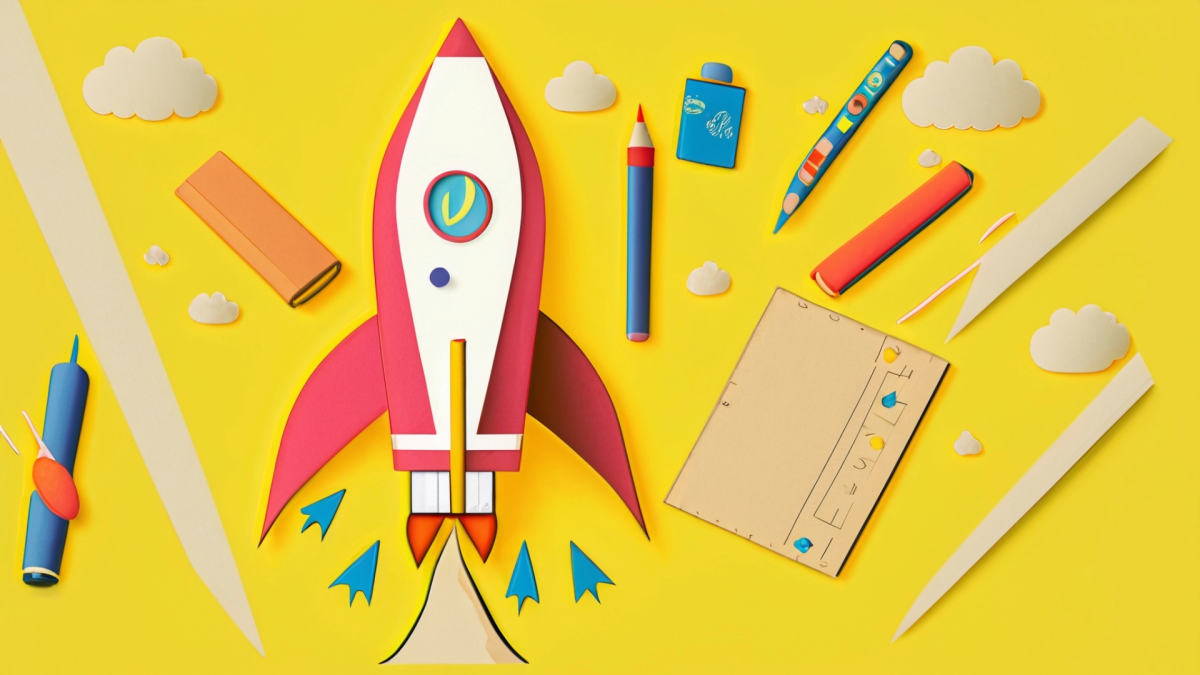
This lesson plan is part 1 of 4. This lesson focuses on how Newton's Laws apply to rocket launches as well as what forces are present at three different stages of launch. Additional lessons will be

This lesson includes having students design and build a wing to put onto a pre-built RC plane and fly it in circles (tethered). Requires previous RC knowledge.

The Wikiup-Lighthouse Project will teach students the concept of Electricity, Series and Parallel Connections, creating Circuit diagram, as well as the cultural relevance of Wikiup to the Nnee (Apache

The Wikiup-Lighthouse Project will teach 11th grade students the concept of circuit diagrams, the two (2) types of circuits, as well as the cultural relevance of Wikiup in the Apache people.
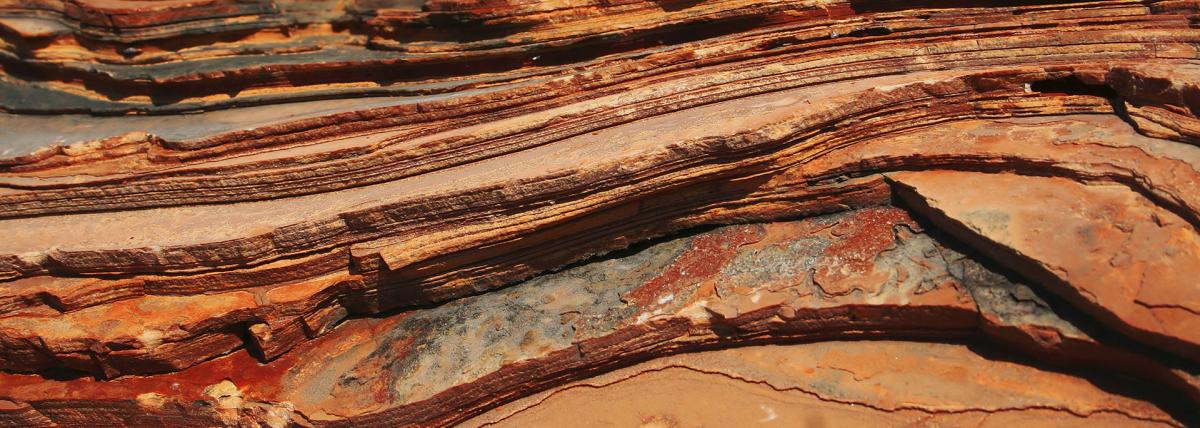
How old is Earth? How big is 1 million years compared to 1 billion years? Students will use three models to organize geologic time and practice cross multiplication to solve for a variable.

Students learn about the Colorado River watershed and the impact of water rights and usage. They will read about the past and present water flow data, build a model of the watershed, calculate data
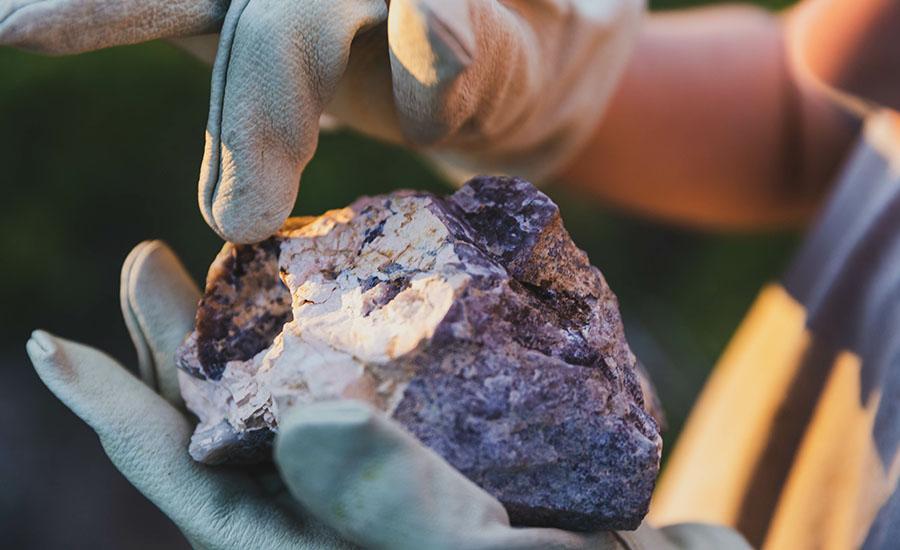
A review of types of rocks and the rock cycle and tectonic movement. The creation of minerals. Using Associative Geology, legends, and probabilities, hunt for possible locations of the Lost Dutchman’s
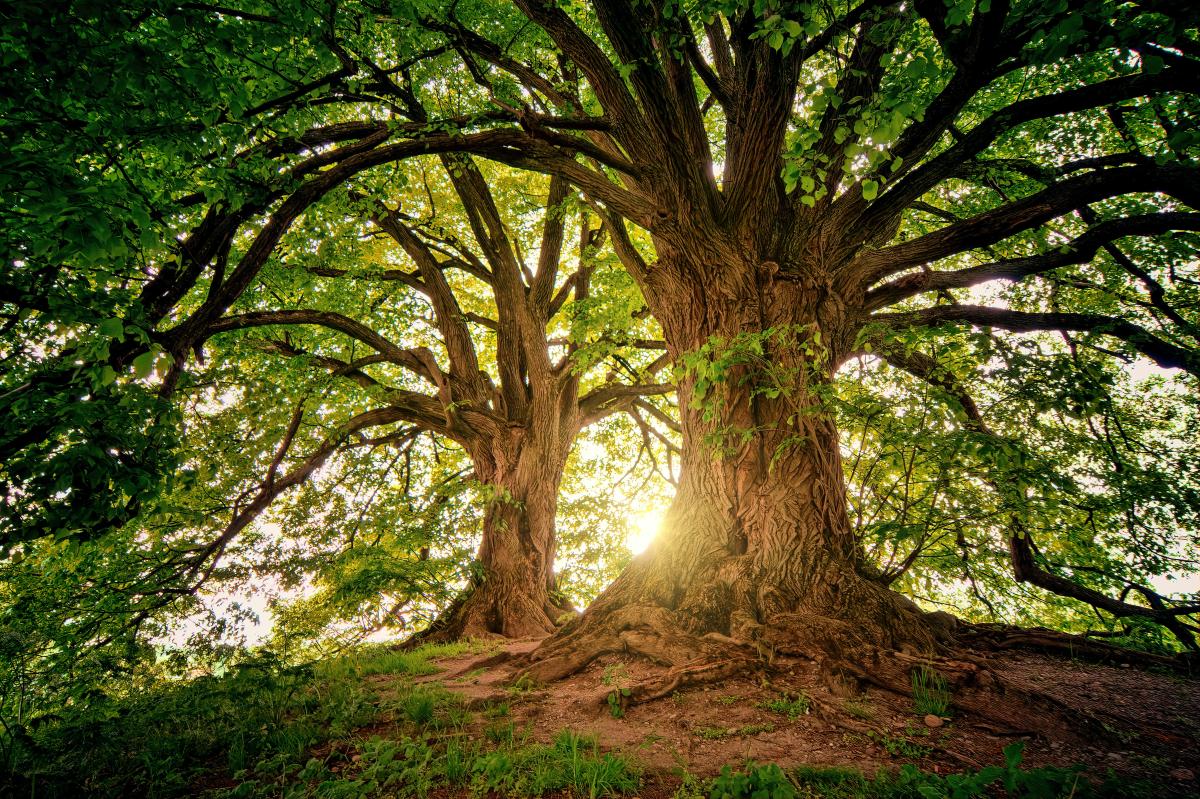
24 Hour Garbage Lab
Three day lesson on garbage, recycling, and composting. Day 1: Students are provided a garbage bag and no instruction on recycling. *Collect all of your disposable garbage for 24 hours. Bring it back

Students will use engineering, art, science, and 21st century skills to create a support system to keep Santa safe on Christmas while delivering gifts down the chimney!

This lesson, is one to make your students taste buds jump for joy as they get to create their very own edible eyeball cookie. This is a great STEM lesson to use when learning about the parts and

Students will explore the drought in Arizona and design a solution for it. They will create their design in a 3D design program, write an informational paper, and present the design and information to

This lesson is to be used as a follow up activity when learning about the water cycle. Students are able to play a game either digitally or physically to demonstrate their own journey through the
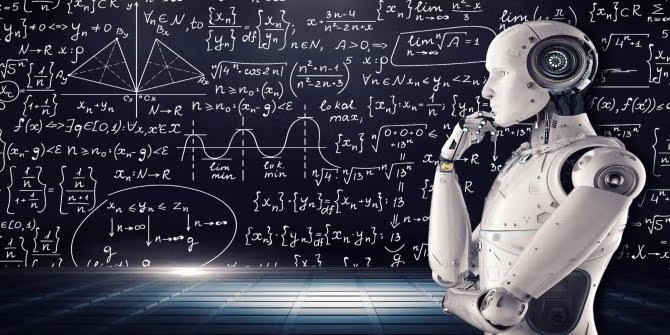
This is a smaller part of a larger Digital Citizenship Unit. Students will spend time understanding the concept of a Digital Footprint and the long term consequences of a negative Digital Footprint

In the Kindergarten aerodynamics lesson, young learners embark on an imaginative journey into the world of flight. Through a captivating exploration of flying objects like kites, birds, and paper

In the 5th-grade Paper Plane Aerodynamics lesson, students embark on an exciting journey into the world of flight. Through hands-on activities, they explore the fundamental principles of aerodynamics

Students will use geometric reasoning and the engineering design process to construct solar ovens while learning about renewable energy.

This interactive 4th-grade lesson plan focuses on erosion and weathering, key concepts in understanding Earth's geology. In "Dynamic Earth," students use an interactive simulation to explore how


